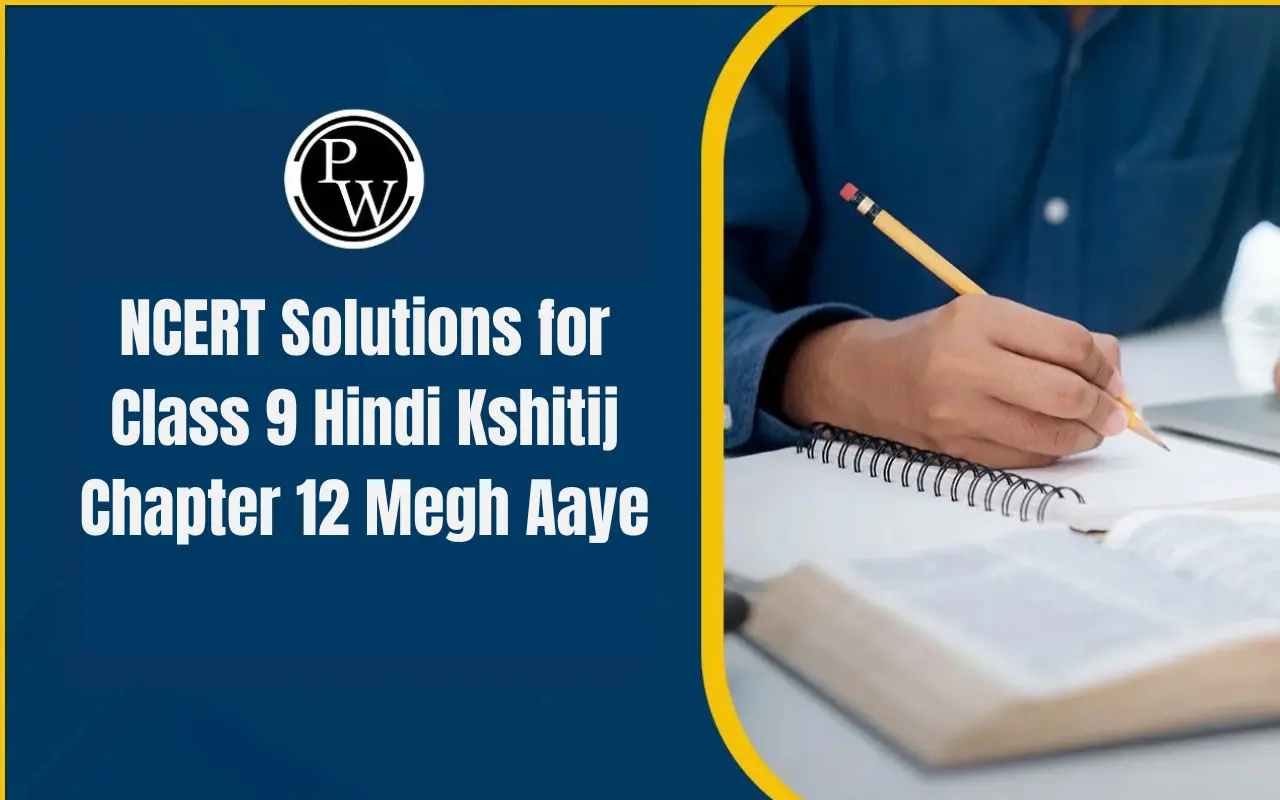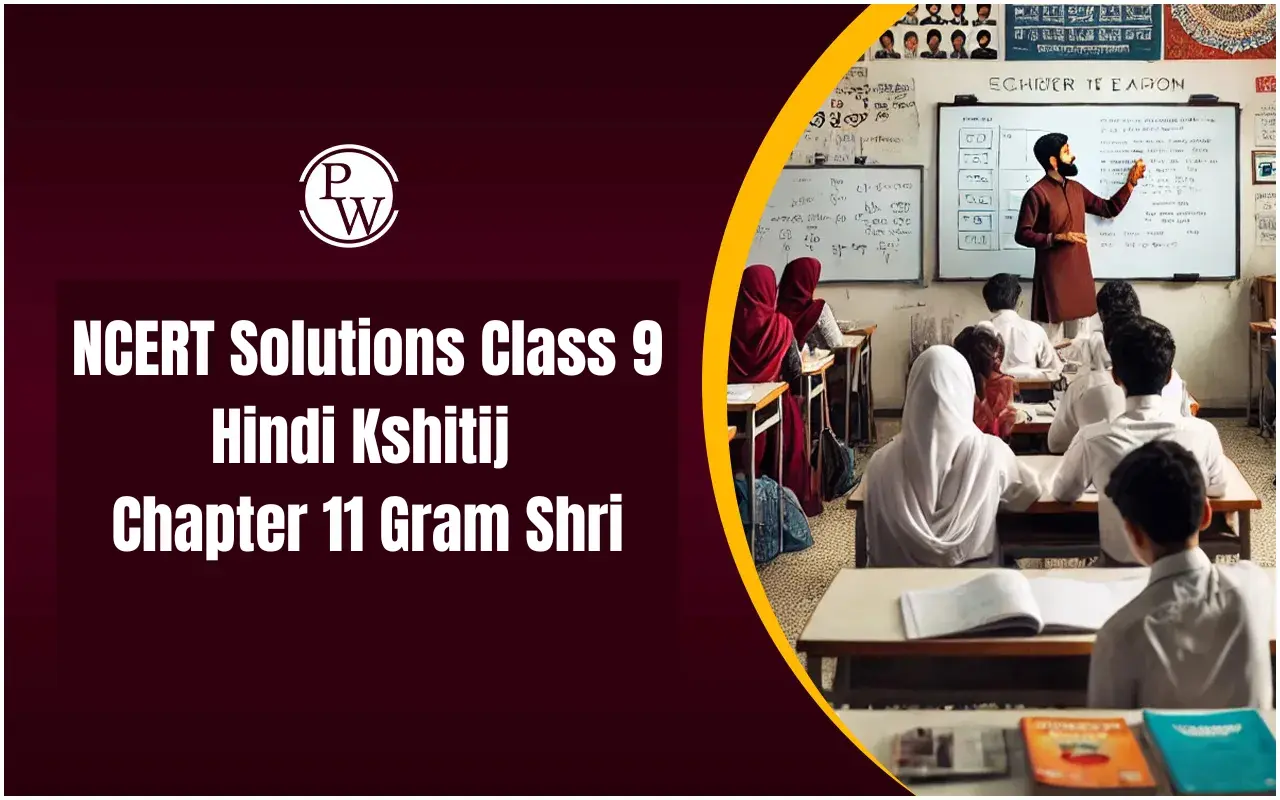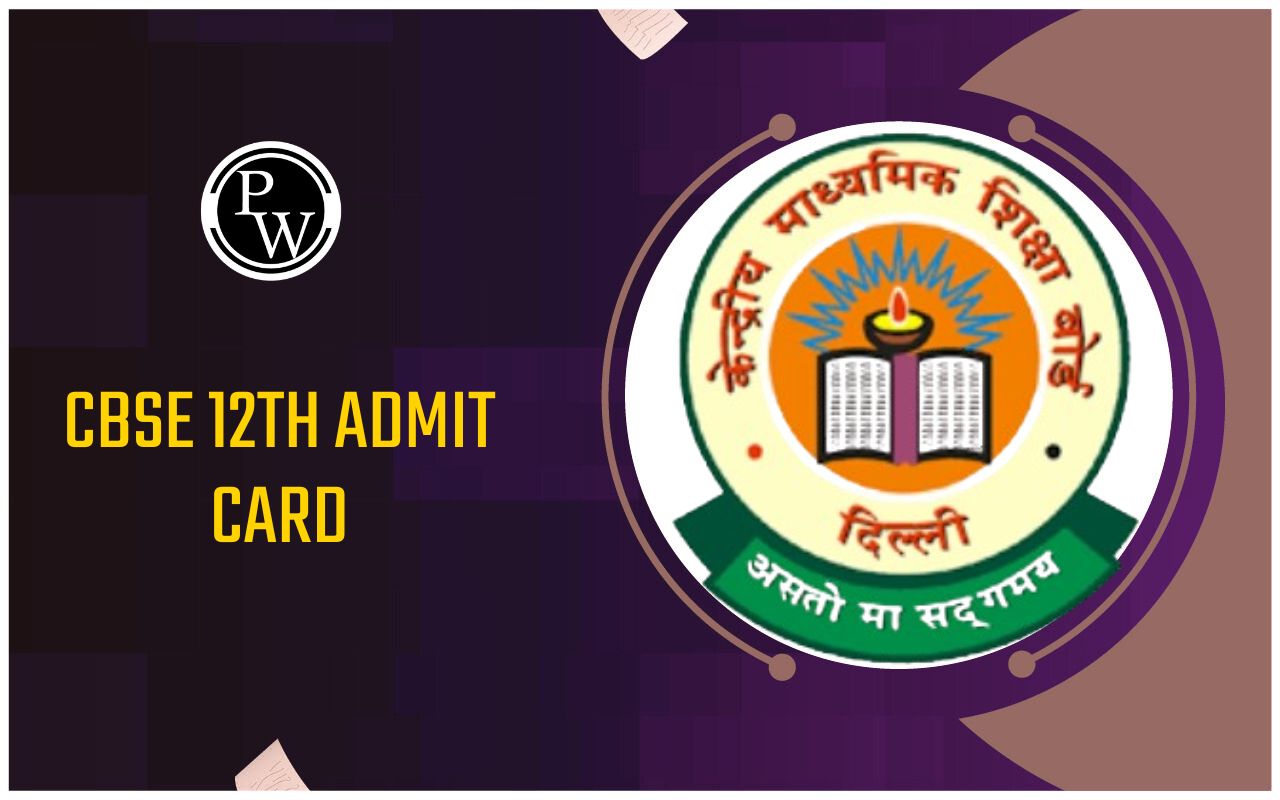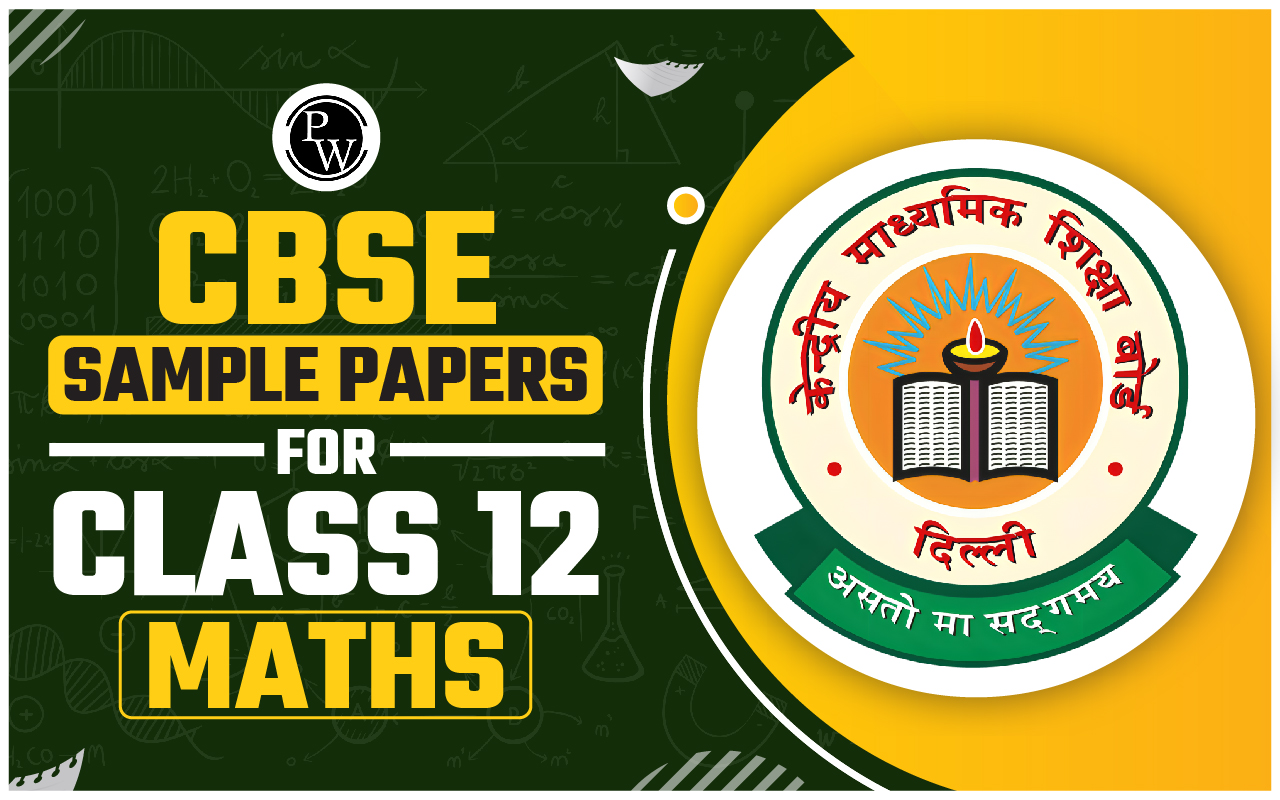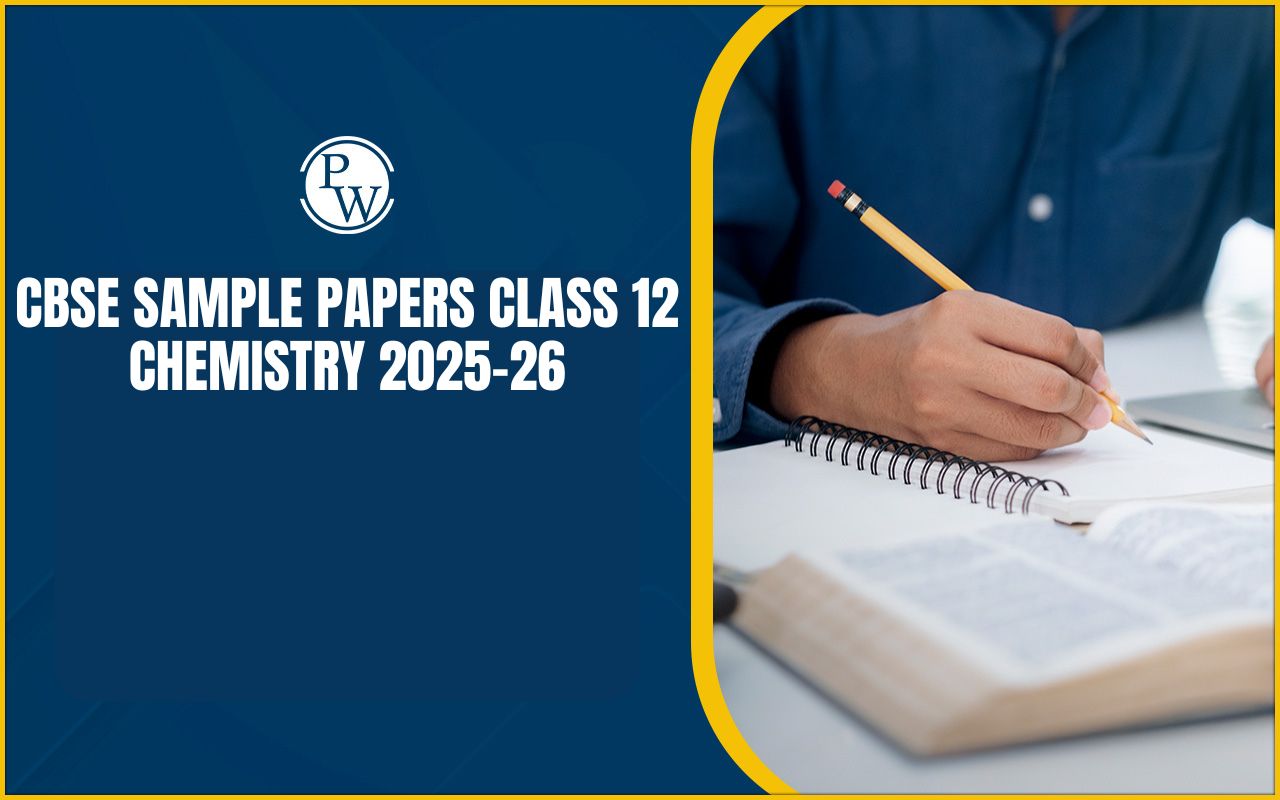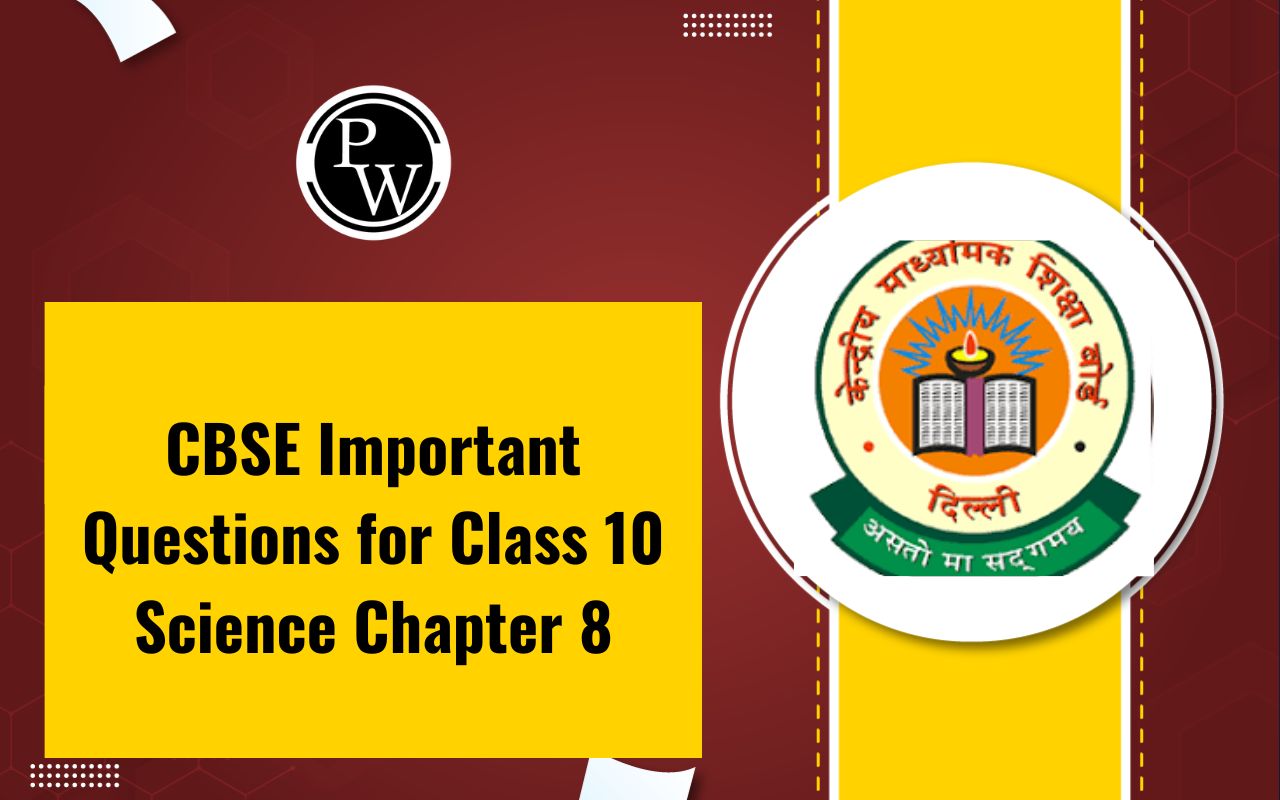
Alcohols: Organic compounds containing hydroxyl (-OH) group as a functional group bonded to a saturated carbon atom.
Example: CH 3 OH (Methanol)
Phenols: Compounds in which the hydroxyl group is directly attached to an aromatic ring.
Example: C 6 H 5 OH (Phenol)
Ethers: Compounds that contain an oxygen atom bonded to two alkyl or aryl groups.
Example: CH 3 OCH 3 (Dimethyl ether)
Classification of Alcohols
Primary (1°): The carbon atom bonded to the -OH group is bonded to only one other carbon atom.
Example: Ethanol CH 3 CH 2 OH
Secondary (2°): The carbon atom bonded to the -OH group is bonded to two other carbon atoms.
Example: Isopropanol CH 3 CHOHCH 3
Tertiary (3°): The carbon atom bonded to the -OH group is bonded to three other carbon atoms.
Example: Tert-butanol (CH 3 ) 3 COH
Phenols: Typically not classified in the same way as alcohols since the -OH is always attached to an aromatic ring.
Ethers: Symmetrical (Simple) Ethers: Same alkyl groups on both sides of the oxygen.
Example: Dimethyl ether CH 3 OCH 3
Unsymmetrical (Mixed) Ethers: Different alkyl or aryl groups on either side of the oxygen.
Example: Ethyl methyl ether CH 3 OCH 2 CH 3
Nomenclature
Alcohols: Named with the suffix "-ol" added to the name of the parent alkane.
Example: CH 3 CH 2 OH is Ethanol.
Phenols: The word "phenol" itself is used if there are no substituents. If substituents are present, their positions are indicated using numbers.
Example: C 6 H 4 (OH)(CH 3 ) can be named as m-cresol where the methyl group is meta to the hydroxyl group.
Ethers: In the common naming system, name the two alkyl or aryl groups alphabetically and add "ether".
Example: CH 3 OCH 2 CH 3 is ethyl methyl ether. In the IUPAC system, it's named as alkoxyalkanes. For example, the above can be named as methoxyethane.
Preparation of Alcohols
From Alkenes:
Acid-catalyzed hydration.
CH 2 =CH 2 + H 2 O → CH 3 CH 2 OH (in the presence of acid)
From Grignard Reagents:
CH 3 MgBr + H 2 O→ CH 4 + Mg(OH)Br
Reduction of Carbonyl Compounds: Using reducing agents like LiAlH 4 or NaBH 4 .
RCHO + 2[H] → RCH 2 OH
Also Check – Acids and Bases Formula: Types of Reaction
Preparation of Phenols
From Halobenzenes: Using aqueous NaOH at high temperatures (called the Dow process).
C 6 H 5 Cl + NaOH → C 6 H 5 OH + NaCl
From Benzene Sulphonic Acid: Through fusion with NaOH.
C 6 H 5 SO 3 H + 3NaOH → C 6 H 5 OH + 3NaHSO 3
Also Check – PH of Weak Acid Formula
Physical and Chemical Properties of Alcohols and Phenols
Boiling Point:
Alcohols and phenols have higher boiling points than their corresponding hydrocarbons due to hydrogen bonding.
Acidity:
Phenols are more acidic than alcohols due to the delocalization of the negative charge over the aromatic ring in the phenoxide ion.
Reaction with Halides:
Alcohols react with halide ions in the presence of acids to form haloalkanes.
ROH + HX → RX + H 2 O
This is termed as the Lucas Test when using anhydrous ZnCl 2 with alcohols to distinguish between primary, secondary, and tertiary alcohols.
Ester Formation:
Alcohols react with carboxylic acids to form esters in the presence of an acid catalyst.
RCOOH + R′OH → RCOOR ′ + H 2 O
Oxidation:
While secondary alcohols can be oxidized to ketones, primary alcohols can be converted to aldehydes and then to carboxylic acids. Alcohols in the tertiary stage do not simply oxidize.
Reimer-Tiemann Reaction:
Phenol, when treated with chloroform in the presence of aqueous NaOH, results in the formation of salicylaldehyde. This reaction involves the formation of dichlorocarbene.
C 6 H 5 OH + CHCl 3 + 4NaOH → C 6 H 4 CHO(OH) + 3NaCl + 3H 2 O
Williamson Ether Synthesis:
An alcohol is first converted into a sodium alkoxide, which then reacts with an alkyl halide to form an ether.
RONa + R ′ X → ROR ′ +NaX
Alcohols, Phenols, and Ethers Formula FAQs
Q1. Which is more acidic: alcohol or phenol?
Q2. How is ethyl ether prepared from alcohols?
Q3. What is the common name for dimethyl ether?
Q4. Which reacts more readily with sodium: alcohol or phenol?
Q5. What is the main product when phenol reacts with zinc dust?



